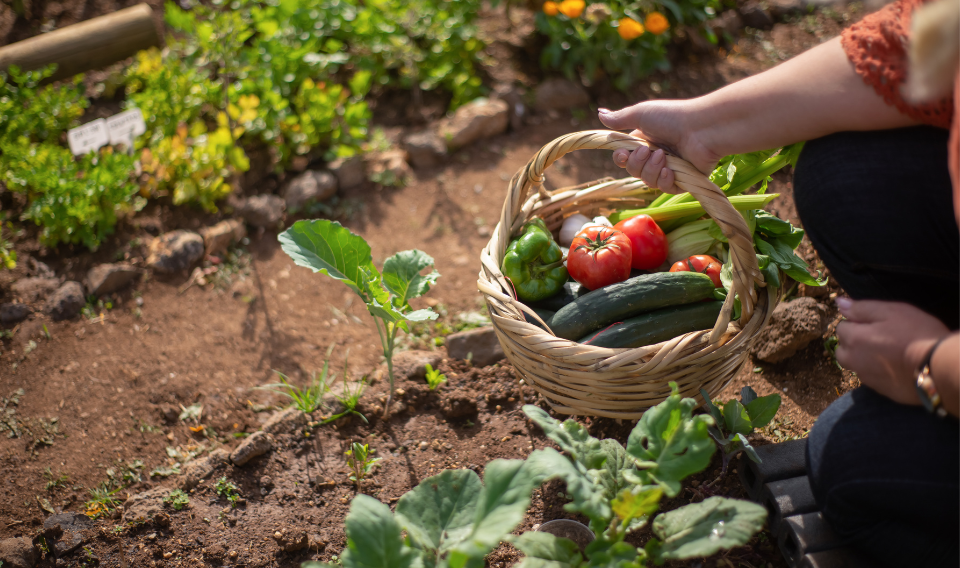
Read This Now To Understanding I-Bonds: The Basics
At a time like this, when there is an all time high inflation rate at 9.1% as of July 2022, many people have second thoughts about investment. Let’s face it, the stock market is down, and crypto investments are witnessing a downward trend as well.
So, what’s the one place to invest and have your interests protected against inflation? You guessed right; I-bonds. In this post, we will be discussing I-Bonds and everything you need to know to make an informed decision to invest.
What are I-Bonds?
I-bonds, also called series I saving bonds, are bonds issued by the federal government. A bond is another investing option for people who want a guaranteed return on their investment. The government bonds can earn interest for up to 30 years unless you cash them in early. Which the minimum time frame without penalty is one year. Currently investors can earn about 9.62% return. It’s a safe way to store cash because the investor can expect their initial investment to be returned. In other words, if you invest in bonds you don’t have to stress about the volatility of the stock market.
I-bonds were first issued in 1998 to act as a hedge against inflation. I bonds are meant to protect the purchasing power of your funds as you invest in the government treasury. As such, the interest rate goes up when there is high inflation but goes low if the inflation rate is on the downside.
Types of I bonds
There are two types of I-bonds; paper bonds and electronic bonds. While both are essentially the same in terms of value, their difference is in the mode of purchase.
The paper I-bond can be bought while filing your income tax returns. The minimum paper I-bond you can buy is $50 and the maximum is $5,000.
The electronic type of I bonds can be bought online directly from the Treasury direct website. All you have to do is to open an account, fill in the required information, and you can then be able to buy the bonds.
You can buy a minimum of $25 worth of I bonds and $10,000 per annum. You are also allowed to buy units for $50, $100, $200, $500, and $1000.
While there might be ways around going past the limit to allow for purchases, you are advised to stay within the $15,000 benchmark for the combination of paper and electronic I bonds.
I bonds and taxes
I bonds are taxed as fixed-income assets. They are taxed under federal income tax. For I bonds, state or local government tax does not apply.
There can, however, be a tax exclusion if the funds are used for education expenses. Filing an education tax exclusion will help your I-bond earnings separate from your gross income.
If you can provide proof of paying for education with your I-bond investment funds, you will not be taxed on the funds.
How to buy I bonds
If you’re thinking of buying I bonds now, then you’re right on track. With the push of inflation and the declining price of stocks, investors are now looking for a safe place to grow their money.
If the 950% increase in I bonds Investment is anything to go by, then you are in the right place. To buy paper I bonds, you can do that when filing your federal income tax return. The funds from your federal income tax return can buy I bonds for $5,000.
If you don’t want to go that route, you might want to buy it online. In that case, you can go to the US Treasury website TreasuryDirect.
Create an account and fill out the necessary information you will require. Afterward, you can then make your purchase of any amount of I bonds that is within the range of $25 – $10,000.
You can also keep your investment for as long as 30 years. If you do, the interest will continue to compound whether or not there is high inflation.
Alternatively, if you cash them out before 5 years, you may lose three months of interest. If you also cash it out before the first year of investment—less than 12 months—is over, you may lose all your interest and get only your principal back.
Benefits of investing in I-bonds
- There is no risk to your principal investment.
- I Bond may be tax exempt if you use the bond to pay for college tuition.
- Currently, the I bonds issued by the US Treasury department have a compound interest rate of 9.62% until October 2022.
- The variable Inflation interest rate for I bonds is adjusted two times each year, in May and November. Which means if inflation continues to rise, there is a chance your rate of return will be greater.
Cons of investing in I bonds
- There are buying limits. Each person is limited to 15,000 in I bond purchases ($5000 paper I bonds & $10,000 electronic I bonds.
- The Interest rate of I bonds is adjustable. So, people who buy when there is high inflation may incur losses if inflation goes down.
- Your risk not getting any interest if you cash out your I-bond investment prior to maturity
Frequently Asked Questions
Over the years, people have had several questions about I bonds Investment. Some of the questions are curated below with their answers to guide anyone seeking to know more about I bonds.
What are I bonds?
I bonds are a type of bond issued by the government which earns interest from an inflation rate and a fixed interest rate.
I bonds’ inflation rate changes every 6 months according to the inflation rate calculated through the Consumer Price Index by the Bureau of Fiscal Service.
Where can I Buy I Bonds?
When filing your federal income tax returns, you can buy I bonds by mail. You can also buy online on the US Treasury website, TreasuryDirect.
Are I bonds taxable?
As with every other investment, the interest from your I bonds Investment is subject to federal income tax. This is because I bonds interest is grouped under fixed income assets since you’ll be getting a percentage interest on it monthly or bi annually.
What is the interest rate of I bonds?
I bonds work with a composite interest rate which is made up of a fixed interest rate and an inflation rate. The inflation rate is variable and subject to change every 6 months.
Currently, the composite interest rate of I bonds is 9.62%. This rate will hold out till October 2022.
Are I bonds a good investment?
I-bonds have less risk compared to stocks and shares, which are very volatile.
I bonds investment can be an excellent way to put away and secure cash you might need in the future for a big project. Since your principal remains intact throughout the bond’s lifetime, it is an excellent place to keep idle cash.
Experts, however, advise that you keep a more significant part of your investment portfolio focused on stocks and shares. This is considering the low-interest rate of I bonds which stems from the fact that it is much more secure.
Conclusion
In today’s world of investments and wealth building, it is important to have I bonds as part of your investment portfolio. I bonds give you a relatively low risk margin compared to stocks and shares.
It would be worth the risk to purchase some from the US Treasury department. And with technology making things easier, you can now buy online from TreasuryDirect.
Considering that your principal remains intact throughout the life of the bond with various inflation rates being added, it is definitely worth investing in.




















